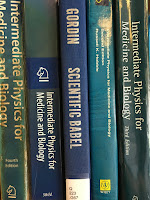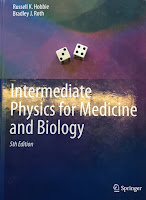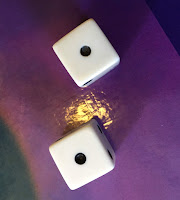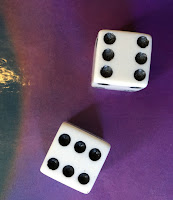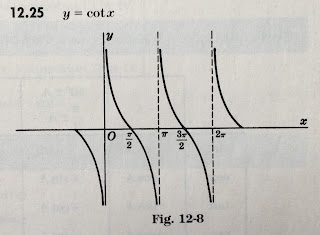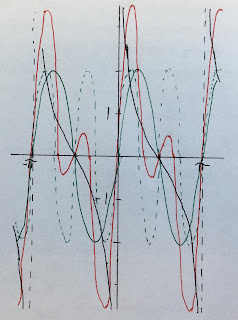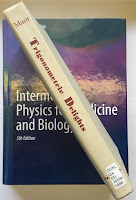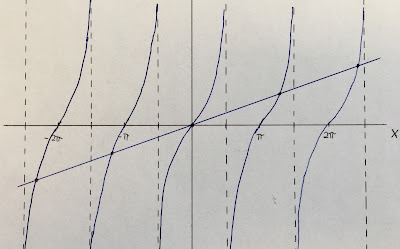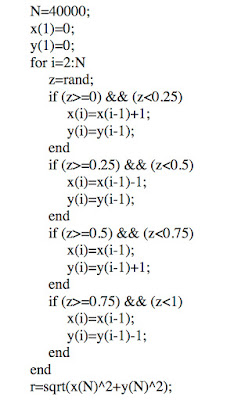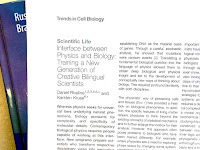 |
| Interface between Physics and Biology: Training a New Generation of Creative Bilingual Scientists. |
Scientific Life articles are short pieces that aim to discuss important issues pertaining to the scientific community or the advancement of science. The content of these articles could range from focused topics such as an unusual career path, to more broad topics such as education and training policies, ethics, publishing, funding, etc. These articles should be aimed at a broad audience and written in a journalistic style and are also intended to be provocative and to stimulate debate.In June 2017, Daniel Riveline and Karsten Kruse published a Scientific Life article that's particularly relevant to Intermediate Physics for Medicine and Biology.
Interface between Physics and Biology: Training a New Generation of Creative Bilingual Scientists
Riveline and Kruse highlight two physicists who contributed to biology: Hermann von Helmholtz and Max Delbrück. Then they ask: how do we train scientists like these?
Daniel Riveline and Karsten Kruse
Whereas physics seeks for universal laws underlying natural phenomena, biology accounts for complexity and specificity of molecular details. Contemporary biological physics requires people capable of working at this interface. New programs prepare scientists who transform respective disciplinary views into innovative approaches for solving outstanding problems in the life sciences.
This necessity for a thorough understanding of physics concepts and a broad knowledge of genuine biology to make contributions in the spirit of Helmholtz and Delbrück calls for a new way of training the coming generation in this interdisciplinary field.They conclude
We need translators who are able to rephrase a specific biological phenomenon in the language of physics and vice versa.I like this idea of “translators,” and I believe that Intermediate Physics for Medicine and Biology helps train them. In Section 1.2 of IPMB, Russ Hobbie and I express our view of how to translate between physics and biology.
Biologists and physicists tend to make models differently (Blagoev et al. 2013). Biologists are used to dealing with complexity and diversity in biological systems. Physicists seek to explain as many phenomena with as few overarching principles as possible. Modeling a process is second nature to physicists. They willingly ignore some features of the biological system while seeking these principles. It takes experience and practice to decide what can be simplified and what can not.
In many cases, simple models are developed in the homework problems at the end of each chapter. Working these problems will provide practice in the art of modeling.Do your homework! Those problems are the most important part of the book.
Riveline and Kruse conclude that training scientists at the intersection of physics and biology is crucial.
Scientific, educational, and administrative challenges abound in this endeavor to form upcoming generations of scientists at the interface between physics and biology, but we anticipate that the gain in quality for this interdisciplinary field will benefit science in general and throughout the world. The need for such scientists appears to be essential to answer the new challenges in biology.I concur.


